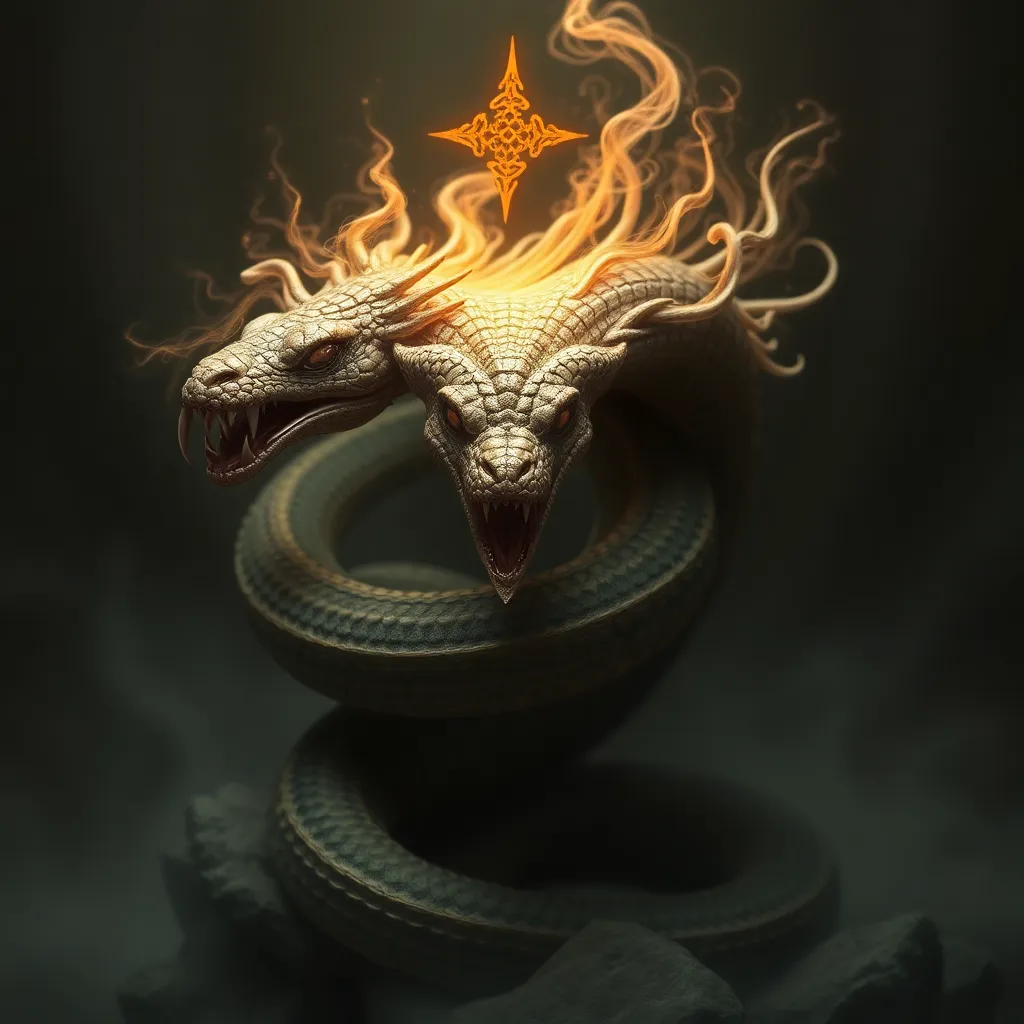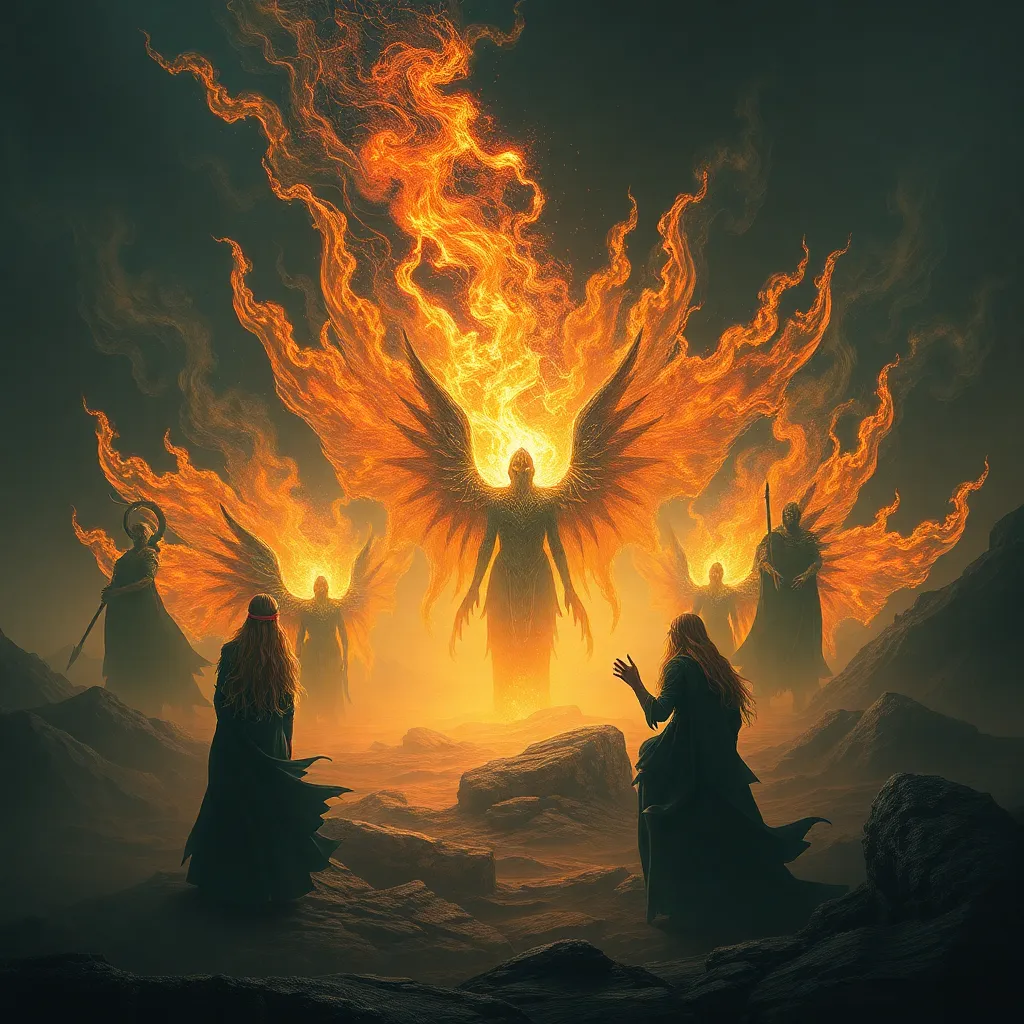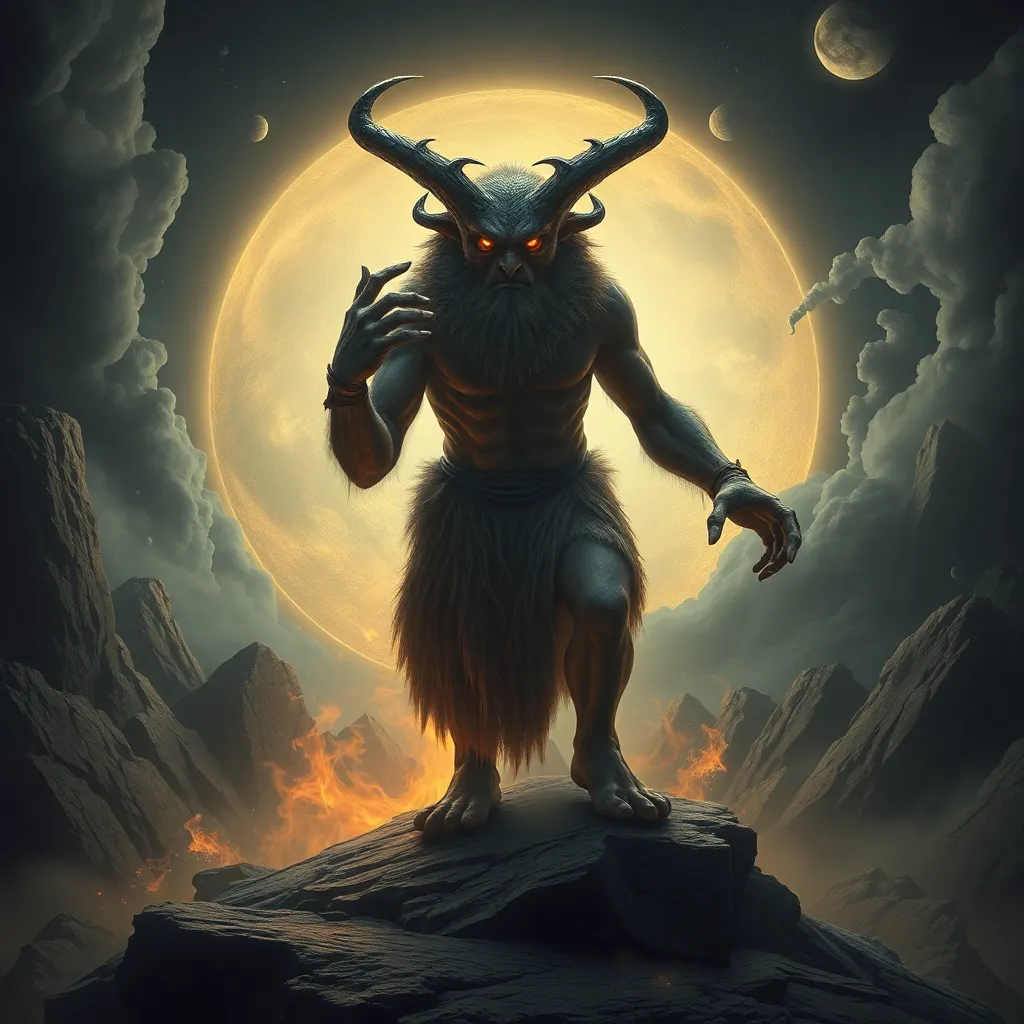The Symbolism of Echidna: Interpreting the Serpent-Woman as a Representation of Chaos and Death
I. Introduction
Echidna, a fascinating figure in Greek mythology, is often referred to as the “Mother of Monsters.” Her unique portrayal as a serpent-woman evokes a rich tapestry of symbolism associated with chaos and death. Throughout ancient narratives, chaos and death were significant forces, representing the duality of creation and destruction. This article aims to delve into Echidna’s symbolism, exploring her role within the mythological framework and the broader implications of her character.
II. Mythological Background of Echidna
Echidna’s origins in Greek mythology trace back to the primordial forces that shaped the universe. She is often described as the daughter of Gaia (Earth) and Tartarus (the abyss), placing her among the most ancient and powerful beings in myth. Her relationship with Typhon, another formidable entity often seen as the personification of storms and chaos, further emphasizes her significance in the mythological canon.
Together, Echidna and Typhon produced a lineage of monstrous offspring, each embodying various aspects of chaos and destruction. These offspring included famous creatures like Cerberus, the Chimera, and the Hydra, all of which played pivotal roles in various myths. The cultural context of serpent-women, like Echidna, often signifies both danger and nurturing, reflecting the complexities of femininity in ancient tales.
III. The Dual Nature of Echidna: Creation and Destruction
Echidna’s role as a mother of monsters highlights her duality as a figure of creation and destruction. On one hand, she nurtures her offspring, providing them with the power to instill fear and chaos in the world. On the other hand, these creations serve as embodiments of chaos, wreaking havoc on humanity and the natural order.
This paradox of nurturing chaos illustrates a profound truth: chaos is often a source of life and death. In the act of creation, Echidna also brings forth destruction, showcasing the cyclical nature of existence. Her monsters represent the uncontrollable forces of nature that can lead to both life and death, emphasizing the intricate balance between these opposing forces.
IV. Echidna as a Representation of Chaos
In mythological terms, chaos is often defined as a primordial state of disorder and confusion from which the cosmos is born. Echidna embodies these chaotic forces, personifying the unpredictable aspects of nature and humanity. Her serpentine imagery further enhances this representation, as serpents are frequently associated with the unknown, danger, and transformation.
The significance of serpentine imagery in chaos representation can be observed through various mythologies where serpents symbolize primal chaos and the potential for both destruction and rebirth. Echidna’s form as a serpent-woman underscores her connection to these chaotic elements, making her a potent symbol of nature’s untamed power.
V. Death and Transformation: The Role of Echidna
Echidna’s association with death is deeply intertwined with her mythos. As a mother of monsters, she represents the darker aspects of creation—those that lead to death and destruction. Her connections to the underworld further establish her role as a figure of death in mythology. Many of her offspring are linked to the realms of the dead, emphasizing the transition between life and death in her narrative.
The symbolism of death in Echidna’s story is not merely about the end of life; it also encompasses themes of transformation. Chaos, as represented by Echidna, is a precursor to rebirth and renewal. Just as death is often a gateway to new beginnings, Echidna’s chaotic nature serves as a catalyst for transformation, illustrating the cyclical nature of existence.
VI. Comparative Analysis: Echidna and Other Mythical Figures
When comparing Echidna to other serpent-women in various cultures, several similarities and contrasts emerge. For instance, figures like the Hindu goddess Kali embody the duality of creation and destruction, much like Echidna. Both represent the chaotic forces of femininity that can lead to rejuvenation and death.
- Similarities:
- Both embody chaos and transformation.
- Both are associated with death and the underworld.
- Both nurture powerful, often dangerous offspring.
- Contrasts:
- Echidna is primarily viewed as a monstrous figure, whereas Kali is often revered as a goddess.
- Echidna’s offspring are predominantly malevolent, while Kali’s manifestations can also represent protection and empowerment.
This analysis reveals universal themes of chaos and death that resonate across different mythologies, highlighting the shared human experience of grappling with these forces.
VII. Modern Interpretations of Echidna’s Symbolism
In contemporary literature and art, Echidna’s symbolism has been reimagined and explored in various ways. Modern interpretations often seek to reclaim her narrative, emphasizing the complexities of femininity, power, and the relationship between chaos and creation.
Artists and writers have drawn upon Echidna’s mythos to explore themes such as:
- The duality of nurturing and destruction in motherhood.
- The role of women as both creators and destroyers in society.
- The inevitability of chaos in the natural order of life.
These modern interpretations highlight the relevance of Echidna’s symbolism in today’s context, as society continues to navigate the complexities of chaos and death.
VIII. Conclusion
In summary, Echidna stands as a powerful symbol of chaos and death within the tapestry of mythology. Her significance as a mother of monsters, her embodiment of chaotic forces, and her connections to death and transformation underscore the enduring impact of her myth on cultural narratives. Embracing Echidna’s symbolism invites reflection on the complexities of human experience, reminding us of the intricate balance between creation and destruction, life and death.
Ultimately, Echidna’s legacy challenges us to confront the chaos within and around us, recognizing that it is an integral part of our shared journey through life.




